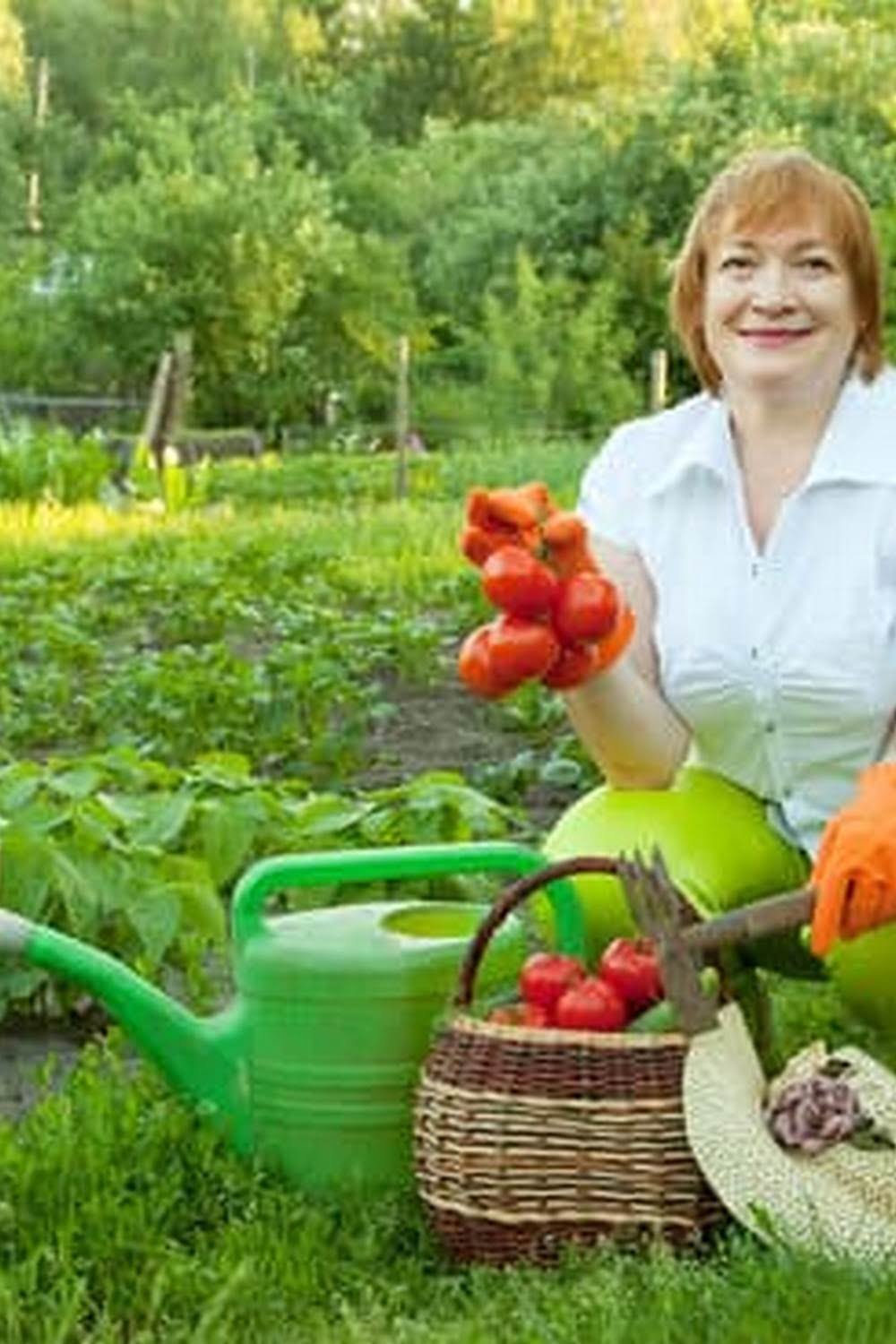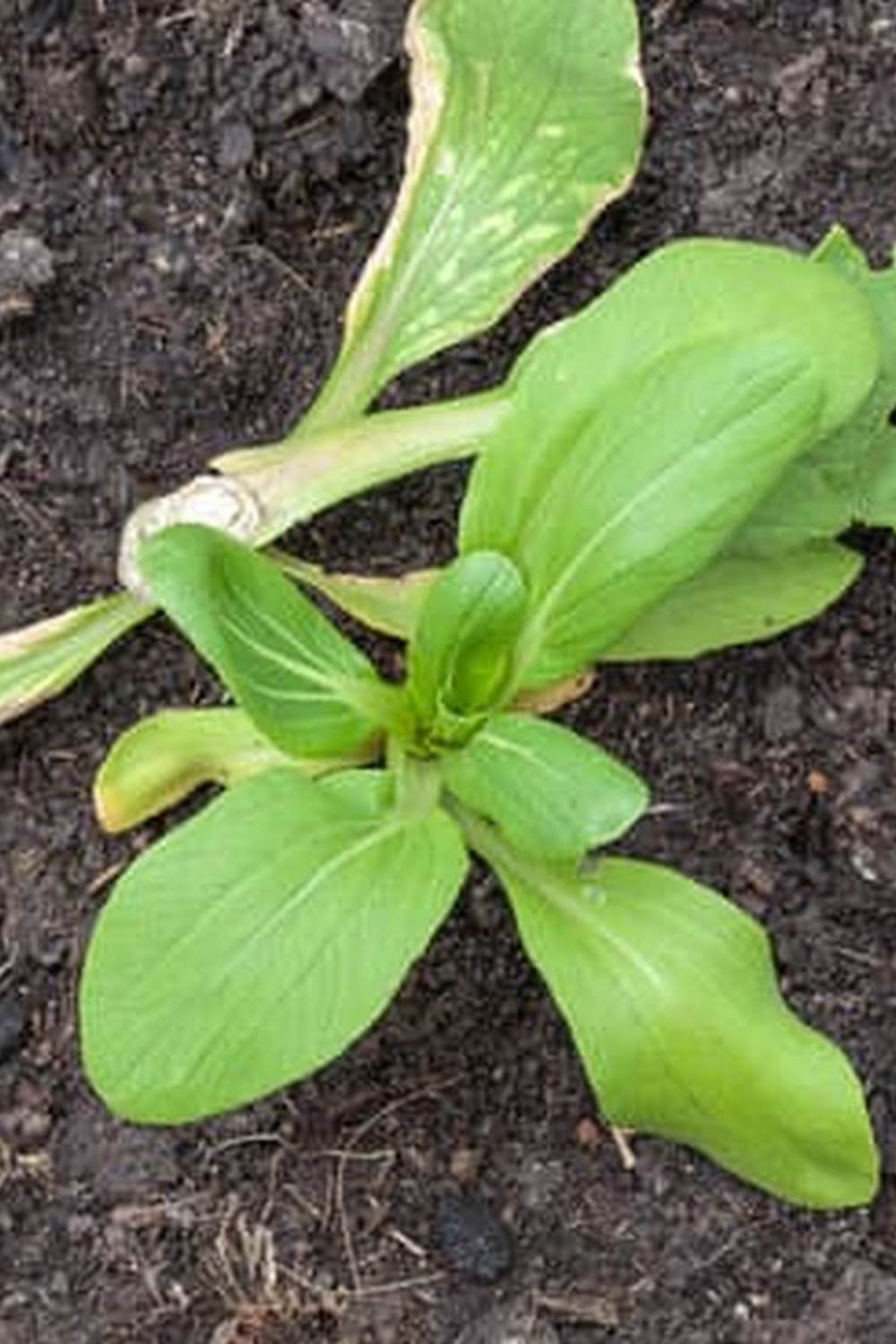How To Test My Vegetable Garden Soil
Testing your soil is important to ensure that your garden is getting the nutrients it needs. Different vegetables need different levels of nutrients, so testing will help you to determine which nutrients your soil is lacking.
There are several ways to test your soil. One way is to take a soil sample to your local extension office. They will be able to test it for you and give you a report of the results. Another way is to purchase a soil testing kit from a gardening store. This will allow you to test your soil at home.
The first step in testing your soil is to gather a soil sample. Use a shovel to collect soil from several different areas of your garden. Try to get a mix of soil from different depths, as this will give you a better idea of the nutrient levels in your soil. Once you have collected the soil, place it in a container and mix it together.
Once you have your soil sample, it is time to test it. Follow the instructions that came with your soil testing kit. There are different tests for different nutrients, so be sure to test for the nutrients that your vegetables need.
After you have tested your soil, you will know which nutrients need to be added. You can add these nutrients to your soil by using a soil amendment, such as compost or manure. Be sure to read the instructions on the package, as each amendment will have different instructions.
Testing your soil is an important step in creating a successful vegetable garden. By testing your soil, you will be able to add the nutrients your vegetables need to grow strong and healthy.
Prep Vegetable Garden Soil
To grow a successful vegetable garden, the soil must be properly prepared. The first step is to remove any existing weeds, roots and rocks from the plot. The soil should then be amended with organic matter to improve its fertility and structure. Compost, manure or peat moss can be used to add nutrients and improve drainage. The soil should be worked until it is a fine, friable texture. Rake the surface smooth before planting.
What Do You Add To Soil For Vegetable Garden
?
The addition of organic matter, such as compost, to soil for a vegetable garden is important for a number of reasons. First, organic matter helps to improve soil structure, making it less compacted and thus more fertile and better able to hold water and air. Second, organic matter provides nutrients to the soil, which plants need for healthy growth. Finally, organic matter helps to suppress plant diseases and pests.
Compost is perhaps the most important type of organic matter to add to soil for a vegetable garden. Compost is made up of decomposed organic matter, such as leaves, grass clippings, and vegetable scraps, and it is packed with nutrients that plants need. In addition, compost helps to improve soil structure and provides a home for beneficial soil microbes.
If you don’t have access to compost, you can also add other types of organic matter to your soil, such as well-rotted manure, leaf mold, or straw. Just be sure to avoid adding any type of processed or synthetic fertilizer to your soil, as these can harm plants.
Best Soil For Outdoor Vegetable Garden
When it comes to gardening, the type of soil you use is extremely important. Different types of soil will have different effects on your plants, so it’s important to use the right type of soil for your garden.
If you’re planning on growing vegetables outdoors, the best type of soil to use is a loamy soil. Loamy soils are a mixture of sand, silt, and clay, and they provide the perfect balance of nutrients and moisture for plants. They also drain well, so they’re ideal for gardens that are located in areas that experience a lot of rainfall.
If you don’t have a loamy soil available, you can create one by mixing together a 50/50 blend of sand and compost. This will help to improve the drainage and nutrient levels of your soil. You can also add a small amount of organic matter to your soil to help improve its structure and fertility.
If you’re having trouble finding a good soil to use for your garden, you can also try creating your own. To do this, you’ll need to mix together equal parts of soil, compost, and peat moss. This mixture will provide your plants with all the nutrients they need to thrive.
No matter what type of soil you decide to use, it’s important to keep it well-drained. Vegetables don’t do well in wet soil, so make sure to give your garden plenty of room to drain. Adding organic matter to your soil will also help to improve its drainage.
So, what type of soil is best for growing vegetables outdoors? The answer is loamy soil. If you don’t have a loamy soil available, you can create one by mixing together a 50/50 blend of sand and compost.
How To Build Vegetable Garden Soil
Building vegetable garden soil is not a difficult task, but it does require some effort. The following is a guide on how to build vegetable garden soil that will be rich in nutrients and provide a healthy growing environment for your plants.
To build vegetable garden soil, you will need to start with a good foundation. The first step is to remove any existing vegetation or sod from the area you will be planting in. You can do this by using a shovel or a hoe to chop through the roots and then remove the sod. Once the area is cleared, you can start to add some organic matter.
Good organic matter to add to vegetable garden soil includes compost, aged manure, green manure, and leaf mold. You can either mix these in with the topsoil you are using or use them as a top dressing. If you are using them as a top dressing, be sure to spread them evenly over the surface of the soil.
Once you have added the organic matter, you can start to till the soil. Tilling will help to mix the organic matter in with the topsoil and will also help to break up any clumps. You can use a rototiller or a garden hoe to do this.
Once the soil is tilled, you can start to plant your vegetables. Be sure to water the soil well after planting and keep the soil moist throughout the growing season. By following these steps, you can create healthy, nutrient-rich soil that will help your vegetables thrive.

If you’re looking to get into vegetable gardening, or are just looking for some tips on how to make your current garden better, then you’ve come to the right place! My name is Ethel and I have been gardening for years. In this blog, I’m going to share with you some of my best tips on how to create a successful vegetable garden.





